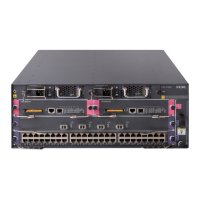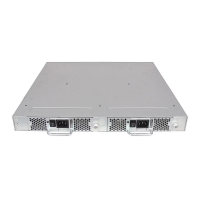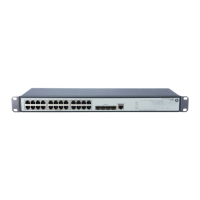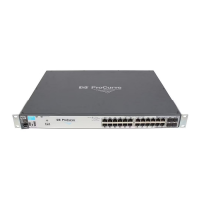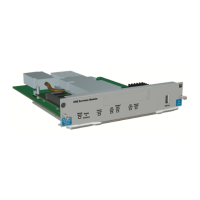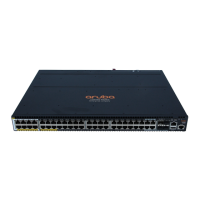24
be changed if SNMP is to be enabled. Otherwise, you risk unwanted access to the switch. The switch
supports SNMP versions 1, 2, and 3. The default configuration enables SNMP and disables SNMP
version 3 security.
• Common Information Model (CIM): Provides for the management of the switch through third-party
applications that use the Storage Management Initiative–Specification (SMI-S). The default is enabled.
• File Transfer Protocol (FTP): Provides for transferring files rapidly between the workstation and the switch
using FTP. The default is enabled.
• Management Server (MS): Enables or disables the management of the switch through third-party
applications that use FC-GS-3 Management Server. The default is disabled.
• Call Home: If enabled and configured, switches can send alerts regarding events and faults to Email
addresses. Users can configure the type of events and where the alerts are sent.
IMPORTANT: The Call Home service provides an e-mail notification capability for the switch. This
service has no relationship with the HP Call Home feature, which notifies only HP services.
Provides for automated e-mail notification of switch status and operating conditions based on specified
event severity levels. The default is enabled. The Call Home service requires an Ethernet connection to
at least one Simple Mail Transfer Protocol (SMTP) server. You must configure the Call Home service to
do the following:
• Enable primary and secondary SMTP servers and specify their IP addresses
• Specify contact information
Configure one or more Call Home profiles to specify e-mail recipients, message format, and the event
severity level that will initiate a message. In addition, you can configure periodic event data collection
and processing through the Tech_Support_Center profile for automated status and trend analysis.

